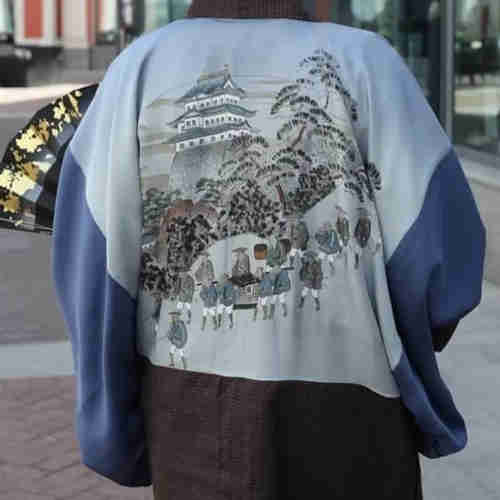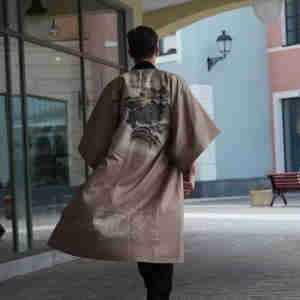Juban Men’s
Since they are made of wool or silk, second-hand ones are rare due to minimal moth damage. The abundance of beautiful patterns on men’s juban stems from the aesthetic consciousness within kimono culture. Despite being undergarments, their beauty is not overlooked. Rather, as parts of the juban may be visible when wearing layered kimono, they are expected to be adorned beautifully.
The history of juban dates back to ancient times, around the Nara period (8th century). Initially worn by nobles and samurai, it gradually became more common among the general populace. By the Edo period, juban had diversified in design and material, continuing to be an integral part of Japan’s traditional kimono culture to this day.
Wool juban for women is characterized by warmth and comfort. Wool’s excellent moisture-wicking properties swiftly absorb sweat, keeping the skin dry. Soft to the touch, it offers a comfortable fit and beautifully drapes the kimono. Its thick fabric is ideal for colder seasons, adding warmth and elegance to the kimono ensemble
Nylon juban is an innerwear worn beneath traditional Japanese kimono as an undergarment. Nylon juban offers several advantages compared to traditional cotton or silk juban.

